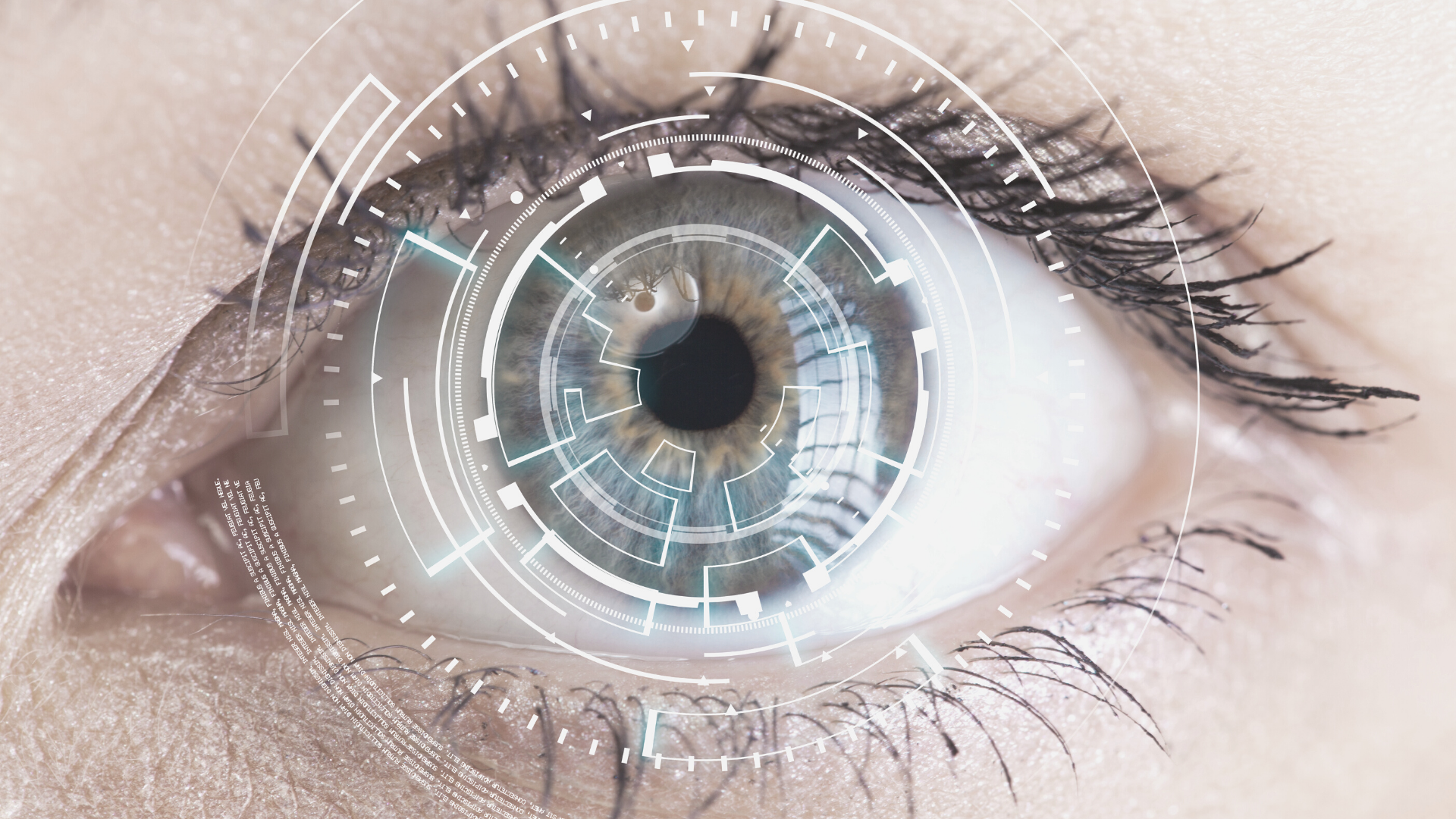
26 May Do you understand your eyeglass prescription?
You may also find it difficult to understand your eyeglass prescription. You get a prescription for eyeglasses when your eye doctor determines that you have a refractive error during an eye exam.
The prescription for eyeglasses.
The issued prescription for glasses contains very precise technical information to correct the symptom, the refractive error of the diagnosed visual defect with the help of glasses or contact lenses.
The lower part of this prescription contains the values required to be able to produce glasses or contact lenses. On the basis of these data, the visual aid can be manufactured precisely. The data and abbreviations of the eyeglasses prescription are standardized so that they are given uniformly by all ophthalmologists.
To understand them, you should know the most common abbreviations:
- R: right eye
- L: left eye
- F: distance vision
- N: near vision
- SPH: sphere
- CYL/CYL: cylinder
- A: Axis
- Prism: Prisma
- B:base
- vertex distance
- ADD: Addition
- PD: Pupil distance
Meaning of abbreviations and values in eyeglass prescription:
“R” shows the data for the right eye, “L” for the left eye.
Nearsighted people need distance glasses (F), farsighted people need near glasses (N). This information can also be read from the diopter number, which is why it is often omitted.
“Sphere” is abbreviated as SPH. This describes the degree of curvature. The unit for this is diopter. The values are divided in 0.25 steps.
Negative values indicate nearsightedness and positive values indicate farsightedness.
Cyl/Cyl is the abbreviation of cylinder. Values are only entered here, if an astigmatism, i.e. a corneal curvature is present. In this type of refractive error, the cornea is not evenly curved. This form of ametropia can be described mathematically with the shape of a cylinder. The unit of measurement is also diopter.
The axis (A) is also given only in case of astigmatism. This value describes in which direction, i.e. on which axis the corneal curvature is present. Thus, the cylinder value mentioned before is concretized. The axis value is indicated with a number, which indicates an angle on a circle (0° is vertical / 90° is horizontal). If semicircles with the angle degrees are printed underneath, these basically indicate the same.
The value Prism is the abbreviation of Prisma. This indicates whether an angle defect, i.e. a slight squint, has been detected. If this is the case, the spectacle lens or contact lens is adjusted slightly prismatic.
In this case, the base (B) indicates the base position of the prism horizontally (h) and vertically (v). This is done in units of “degrees” with whole number graduated values between 0° and 360°, sometimes simply “inside” (i), “outside” (a), “top” (o) or “bottom” (u).
The vertex distance indicates the distance at which the prismatic lens values were measured during the examination. This is the distance from the most anterior point of the cornea (the vertex) to the lens. Depending on the selected spectacle model and how large the exact vertex distance is then, the prismatic effect of the spectacle lens must be adjusted.
The following information is usually only on the spectacle passport:
Add denotes the addition. This value is only relevant for varifocals. It is used to describe the range in which the visual defect moves between near-sighted and far-sighted. This usually occurs when presbyopia is added to myopia.
PD is the abbreviation of pupil distance. With this value, the distance of the pupil, during normal “looking straight ahead” to the center of the nose is given in millimeters. The lenses always have an “optimal” point, which sits as precisely as possible in front of the pupil.
Simplified explanation of the eyeglass prescription:

The eyeglass prescription basically consists of three columns. The values of the left and right eye are placed one below the other.
In the first column (called spherical), the strengths of nearsightedness, farsightedness or presbyopia are shown in diopters. In the case of nearsightedness, the value is preceded by a minus, in the case of farsightedness or presbyopia by a plus.
The second and third columns indicate how strong and where exactly your corneal curvature occurs. The second column is called cylinder and describes the cylinder value, i.e. the strength of the corneal curvature in diopters. The value is typically indicated with a minus, but can also be indicated in plus. The third column is called the axis and indicates the angle of curvature in the cornea in degrees, the so-called axis value.
Eye coordination is only examined when there is a visible abnormality, such as strabismus, but it occurs much more frequently and is very easy to test. You can find out more on this page:
In the following video Leo Angart explains more about your eyeglasses prescription:
Do you want to reduce or even get rid of your diopters?
Then start right away:


